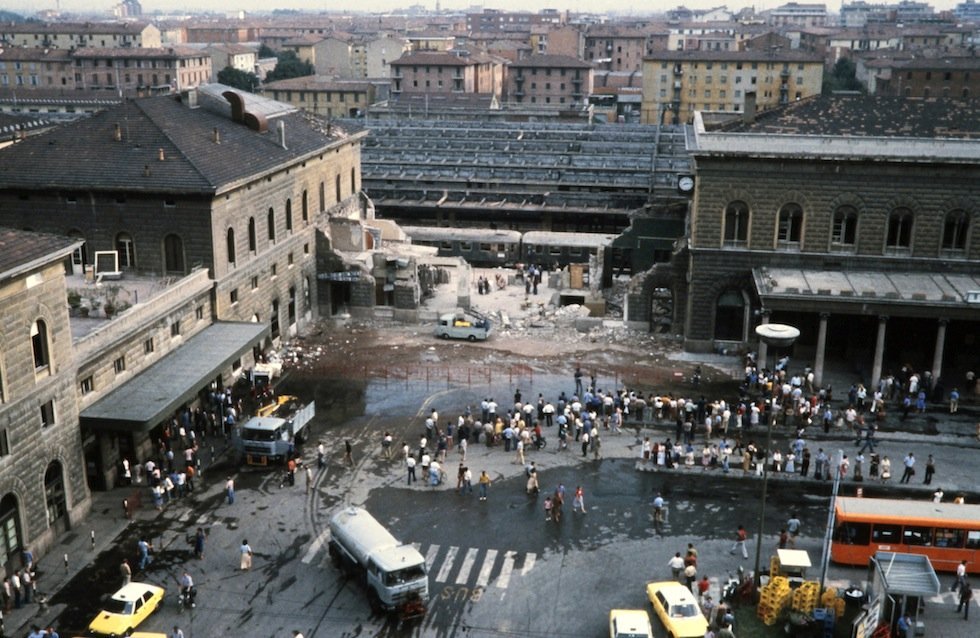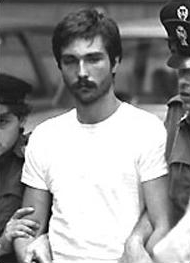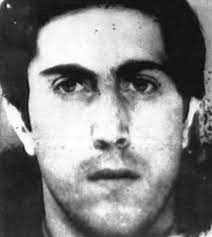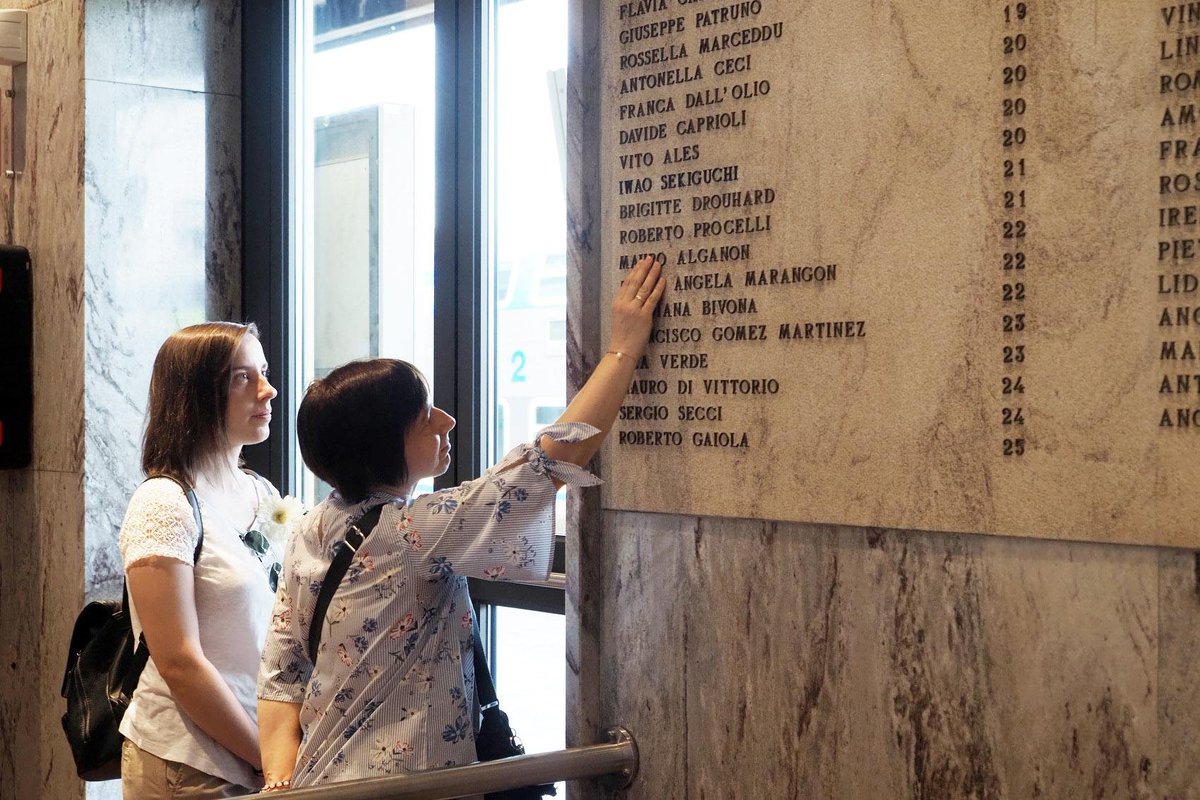
2 August 1980, the worst terrorist attack in post-war Italian history. A bomb hidden in a suitcase explodes in the waiting room of Bologna Station, causing the partial collapse of the station structure. 85 people die & 200 are injured [Thread] >> 1 







It is the first Saturday in August & Bologna Centrale Station, an important rail hub, is packed with families from all over Italy catching or changing trains as they set off on their summer holidays. It is 10.25 a.m. & the Ancona-Basel express has just arrived at Platform 1 >> 2
In the busy waiting room, also situated on Platform 1, a suitcase is sitting on a table against a wall separating the waiting room from the snack bar. It contains explosives & has been placed there deliberately as this is a supporting wall & an explosion will cause a collapse>> 3
The blast is tremendous & the effects devastating. Part of the station building housing the waiting room & snack bar collapses. As well as in the building, the blast causes death, injuries & havoc on the train standing at Platform 1 & on the taxi rank in front of the station >> 4 

Following the blast, passengers, rail workers, members of the public, help emergency services dig through rubble searching for survivors. Ambulances can't cope with number of casualties, many of whom are taken to hospital in taxis, cars & even on a bus>> 5
Many have terribile injuries, bodies have to be reassembled from the parts found. 85 deaths are ascertained but the body of one victim, Maria Fresu (photo), is never recovered. Initially, it is thought she may have been so close to the bomb that it disintegrated her body >> 6 

This theory, however, seems unlikely given the testimony of her friend, Silvana Ancilloti, who is with Maria, another friend, Verdiana Bivona, and Maria's three-year-old daughter, Angela in the waiting room when the bomb explodes. They are going on holiday in Trentino >> 7
Silvana says that she, Verdiana & Angela were sitting, while Maria was standing facing them. When she came round after the explosion, the bodies of Verdiana & Angela were lying in front of her, but Maria had disappeared >> 8
If one person survived & two others died, but with their bodies relatively intact, how could the body of a person just a couple of feet away have disintegrated so completely that nothing was found? >> 9
In December 1980, a flap of facial tissue & scalp, as well as a finger, found under the train on Platform 1, are attributed to Maria Fresu. In October 2019, these are subjected to DNA testing as part of a trial against one of the people accused of the attack (see below) >> 10
DNA tests find the flap of tissue & finger belong to two different women, neither of whom is Maria Fresu. In 1980, there is no DNA testing & identification procedures are poor by modern standards. Rescue efforts have been chaotic & priority given to finding survivors>>11
Thus, it seems likely Maria Fresu's body parts ended up in coffins of other victims & the body parts attributed to her belong to other victims. The doubt around this has fed improbable alternative theories to official court findings based on the presence of an "86th victim" >> 12
President Sandro Pertini flies in by helicopter as soon as he hears about the bombing. As he leaves the hospital, where he visited the wounded, he bursts into tears as he says he has seen two children in intensive care who doctors tell him are dying >> 13
Most people immediately attribute the explosion to a terrorist attack, unsurprisingly given the long series of bomb attacks & murders out by extreme right-wing groups over the previous decade, the so called "strategia della tensione" >> 14
The aim of this strategy was to induce an atmosphere of fear & instability in the population, such that they would accept the establishment of an authoritarian government, or even a military regime >> 15
To this end, extreme right-wing groups are sometimes aided by state actors, such as deviant elements within the secret services or armed forces, or even mafia groups in the planning & execution of their attacks >> 16
The year 1980 has already been a tragic one for Italy & will see further tragic events after Bologna, caused also by the far-left 'Brigate Rosse' with their campaign of murders & kidnappings (see my other thread linked below) >> 17
https://twitter.com/NickWhithorn/status/1211745613706121216?s=20
In particular, the summer holidays started with the disaster of the Itavia airliner (which coincidentally took off from Bologna) shot down by a missile near the island of Ustica on a flight to Palermo on 28 June (see thread linked below) >> 18
https://twitter.com/NickWhithorn/status/1276998519904251908?s=20
Incredibly (or not, if it is intended to misdirect investigations), the Police and the Prime Minister at the time (Francesco Cossiga, later to become President in 1985) attribute the Bologna explosion to a boiler in the basement of the station >> 19
This 'theory' is quickly disproved by the evidence and witness statements but it deflects attention long enough for any perpetrators to leave the city and remove their traces unhindered >> 20
In the immediate aftermath of the attack, two phone calls are received claiming responsibility, one from the Brigate Rosse (BR) and the other from the Nuclei Armati Rivoluzionari (NAR). Both groups then deny having made the calls >> 21
In any case, a claim by BR is not credible, as they never engage in this type of mass indiscriminate murder, preferring to kill individual judges, politicians or police officers, regarded as symbols of state oppression. A claim by NAR, however, is much more credible >> 22
NAR has already carried out acts of mass murder using explosives. Indeed, just two days before the station attack, Prosecutors in Bologna requested the indictment of several neo-fascists accused of planting a bomb on board a train in 1974 >> 23
On that occasion, a bomb exploded on board the 'Italicus' express train on the night between 3 & 4 August 1974, as it came out of a tunnel at San Benedetto Val di Sambro in the Apennine Mountains between Florence & Bologna. 12 people died & 48 were wounded >> 24 

All those tried for the bombing of Italicus were found not guilty & nobody has ever been brought to justice for the attack. It was established that neo-fascists were responsible, with support from the P2 masonic lodge, but evidence was insufficient to identify individuals >> 25
Returning to the Bologna station bombing, the initial telephone call claiming responsibility from NAR is traced to an office in Florence used by the Italian secret service SISMI & members of this service will constantly feature in investigations >> 26
In late August, 28 members of various neo-fascist groups are arrested on suspicion of sedition & 'subversion of democratic order', including two of those who will later be convicted for the bombing. However, they are all released in 1981 >> 27
Investigators then receive information & evidence of an international plot involving foreign & exiled Italian far right terrorists. This theory is strengthened by a discovery made on board a Taranto-Milan express train on 13 January 1981 >> 28
The discovery is a suitcase holding 6 cans containing explosive of the same type used in Bologna, a machine gun, a hunting rifle & two plane tickets, one Milan to Paris, the other Milan to Munich. The information leading to the finding of the suitcase comes from SISMI >> 29
As is later established by the Assize Court in Rome, the whole international theory, including the suitcase, is invented by a deviant group within SISME in order to misdirect inquiries. SISMI is headed by General Giuseppe Santovito (photo), a P2 member, who dies in 1984 >> 30 

The Court finds that the entire story, evidence, sources, documents, is created by Pietro Musumeci (photo), Deputy Head of SISMI, and two other agents, Francesco Pazienza & Giuseppe Belmonte, with the complicity of General Santovito >> 31 

The suitcase is placed on board the Taranto-Milan train by a Carabiniere and contains material belonging to two far right extremists, Raphael Legrand (French) and Martin Dimitris (German) >> 32
In July 1985, a Rome court sentences members of the deviant group thus:
Musumeci 9 years;
Pazienza 8 years 6 months;
Belmonte 7 years 8 months.
On appeal, some offences were excluded & sentences reduced:
Musumeci 3 years 11 months;
Pazienza 3 years 2 months;
Belmonte 3 years >>33
Musumeci 9 years;
Pazienza 8 years 6 months;
Belmonte 7 years 8 months.
On appeal, some offences were excluded & sentences reduced:
Musumeci 3 years 11 months;
Pazienza 3 years 2 months;
Belmonte 3 years >>33
Despite efforts to deviate investigations, in June 1986, 20 people are committed for trial on various charges, some related to direct or indirect participation in the attack. These defendants are members of neo-fascist organisations NAR & 'Ordine Nuovo' or far right party MSI>>34
Other defendants are charged with sedition or falsely accusing innocent people in order to distract attention from the real perpetrators. This group includes the 3 deviant SISMI agents and Licio Gelli (photo, Venerable Master of the clandestine P2 masonic lodge >> 35 

Without boring you too much with the complex machinations of Italian justice, there have been sixteen trials relating to the Bologna station bombing and there will probably be others. I will go through them briefly, starting with the one against 20 defendants mentioned above>> 36
March 1987-July 1988: Trial of first instance;
Oct. 1989-July 1990: Appeal trial;
Feb. 1992: Supreme Court of Cassation orders retrial in Court of Appeal;
Oct. 1993-May 1994: Second Appeal trial;
Nov. 1995: Supreme Court of Cassation confirms second appeal trial verdicts >> 37
Oct. 1989-July 1990: Appeal trial;
Feb. 1992: Supreme Court of Cassation orders retrial in Court of Appeal;
Oct. 1993-May 1994: Second Appeal trial;
Nov. 1995: Supreme Court of Cassation confirms second appeal trial verdicts >> 37
So, almost nine years after being committed for trial, the people convicted are:
Valerio Fioravanti & Francesca Mambro (photo), members of NAR, convicted of materially carrying out the attack, sentenced to life imprisonment >> 38
Valerio Fioravanti & Francesca Mambro (photo), members of NAR, convicted of materially carrying out the attack, sentenced to life imprisonment >> 38

Fioravanti & Mambro are also convicted of membership of an armed group, along with Gilberto Cavallini & Egidio Giuliani >> 39
Giuseppe Belmonte (7 years 11 months), Pietro Musumeci (8 years 5 months), Francesco Pazienza (10 years) & Licio Gelli (10 years) are convicted of defamation, having accused innocent people of participation in the attack in order to confuse the investigation >> 40 T.B.C.
There was still an appendix to these trials as the Supreme Court of Cassation ordered another retrial on Appeal for one defendant, Sergio Picciafuoco (photo), on charges of participation in the attack and membership of an armed group >> 41 

Picciafuoco was acquitted at his third Appeal trial & this was confirmed by the Supreme Court of Cassation in April 1997. Thus, he was free after 7 trials and almost 11 years >> 42
More recently, two other members of NAR have been convicted of participating in the Bologna bombing. In 2007, Luigi Ciavardini (photo) is sentenced to 30 years' imprisonment. He does not get a life sentence because he was still a minor (17y 10m) at the time of the bombing >> 43 

In January 2020, Gilberto Cavallini (photos) is convicted and sentenced to life imprisonment. He was convicted at the original trial of belonging to an armed group but not for the bombing. New evidence allowed this belated conviction. He has appealed and this is pending >> 44 



Attention is now centred on a fifth suspect, Paolo Bellini (photo, left). Bellini was recognised by his ex-wife in a still taken from a camera at Bologna Station just a few minutes before the explosion >> 45 



Bellini is a key figure in deciphering links between neo-fascist groups, mafia, secret services & P2 masonic lodge in the Bologna bombing & other dramatic events in Italy in the 1980s & 1990s. You can read about this in my, as yet unfinished, thread >> 46
https://twitter.com/NickWhithorn/status/1346889032903643143?s=20
Before ending, a suggestion. Most tourists who arrive in or pass through Bologna Centrale Station today will probably do so in the new underground station for high-speed trains. If, however, you get off or on a train in Bologna try to take a couple of minutes to see 2 things >>47
Go outside in the Piazza in front of the station and look at the facade. Up high on the left-hand side is the old-fashioned clock that was damaged & stopped at 10.25 a.m. on 2 August 1980. It was repaired & remounted but will forever show the time of 10.25 >> 48 



Then go inside the waiting room and look at the list of names of the 85 people who perished that day and remember, as it says on the memorial, they were the victims of fascist terrorism // 49 





• • •
Missing some Tweet in this thread? You can try to
force a refresh







